The ‘magic formula’ of Switzerland’s direct democracy
How many seats are there in the Swiss government, the Federal Council? The answer is seven. But how does Switzerland do the maths to divide that figure among the political parties? Is it 2+2+2+1, or 3+2+2? And why does it matter?
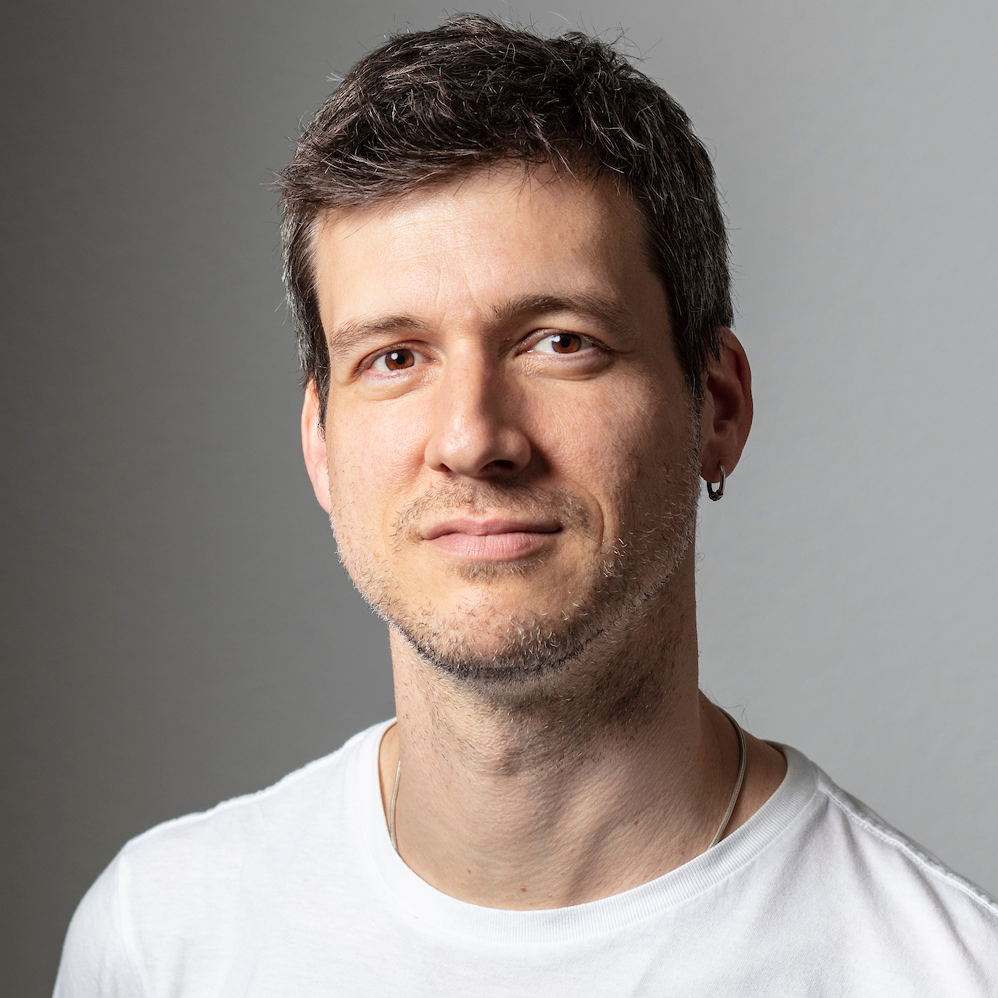
My work is focused on making videos and podcasts about science and technology topics. I specialize in developing explainatory video formats for mobile viewing, mixing animation and documentary styles. I studied filmmaking and animation at Zurich University of the Arts and began working as a video journalist at SWI swissinfo.ch in 2004. Since then I have specialised in creating different styles of animation for our visual products.
-
DeutschdeDie “Zauberformel” der Schweizer direkten DemokratieRead more: Die “Zauberformel” der Schweizer direkten Demokratie
-
FrançaisfrLa «formule magique» de la démocratie directe suisseRead more: La «formule magique» de la démocratie directe suisse
-
ItalianoitLa “formula magica” della democrazia diretta svizzeraRead more: La “formula magica” della democrazia diretta svizzera
-
EspañolesLa “fórmula mágica” de la democracia directa suizaRead more: La “fórmula mágica” de la democracia directa suiza
-
Portuguêspt“Fórmula mágica” regula o poder na SuíçaRead more: “Fórmula mágica” regula o poder na Suíça
-
العربيةar“المعادلة السحرية” للديمقراطية المباشرة في سويسراRead more: “المعادلة السحرية” للديمقراطية المباشرة في سويسرا
-
РусскийruМагическая формула формирования правительства Швейцарии: в чем ее секрет?Read more: Магическая формула формирования правительства Швейцарии: в чем ее секрет?
When modern Switzerland was founded in 1848, the Swiss government consisted entirely of members from one party. It would take half a century for all major parties to be represented in government and to better reflect the political forces in parliament. In 1959, these four largest parties agreed that government posts should from then on be distributed among them according to a ratio that reflects their strengths in parliament.
This so-called magic formula is part of Switzerland’s consensus democracy and is based on the belief that decisions are lasting only if they are supported by the minority as well as the majority.
For many years, the government power-sharing set-up remained the same. It was only in 2003 that the equation began to change, when the party with just one seat, the Swiss People’s Party, received the most votes in parliamentary elections for the second time.



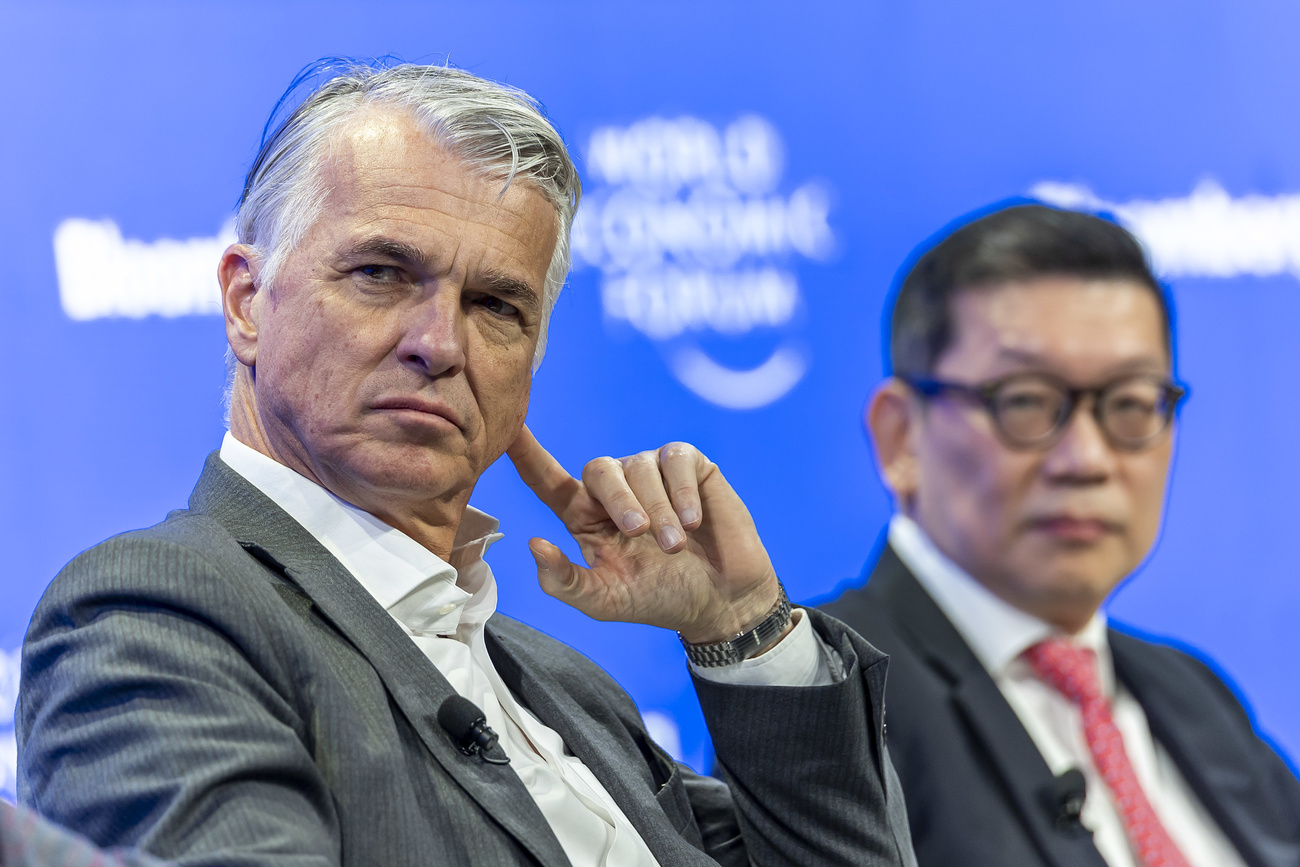

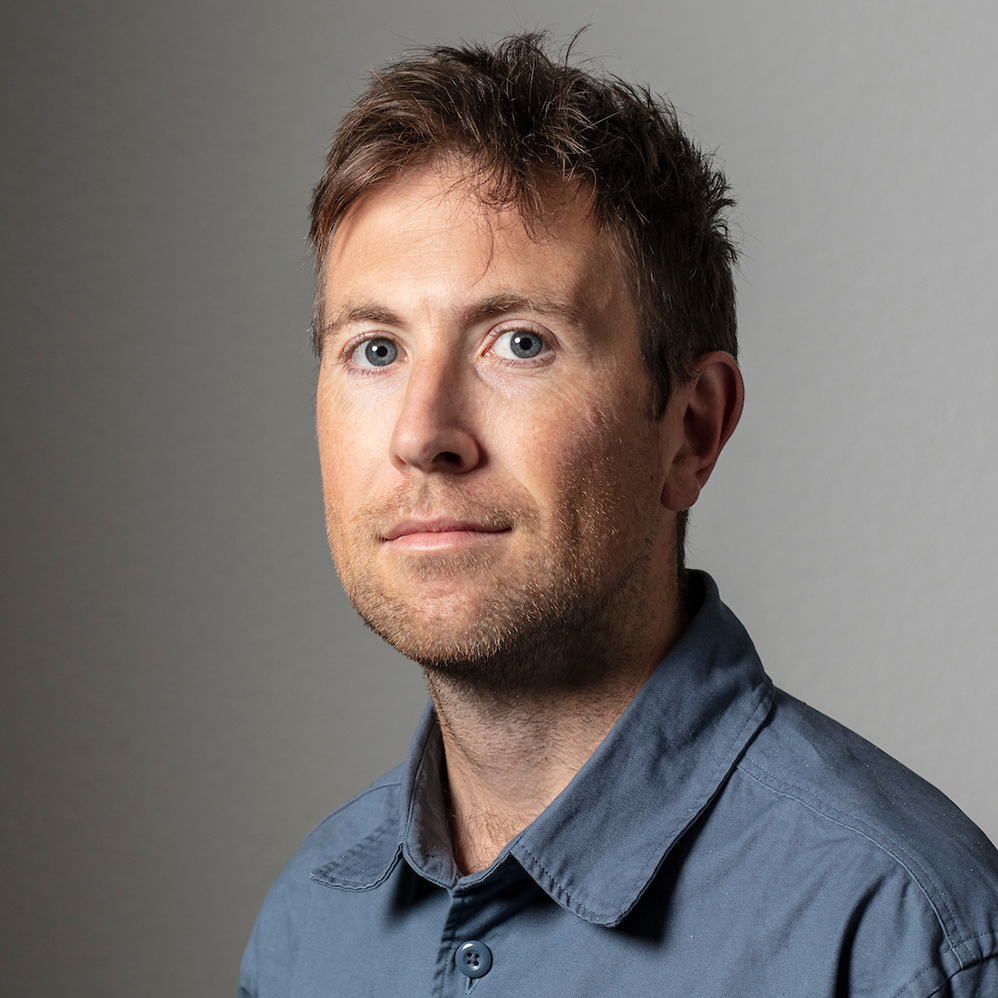
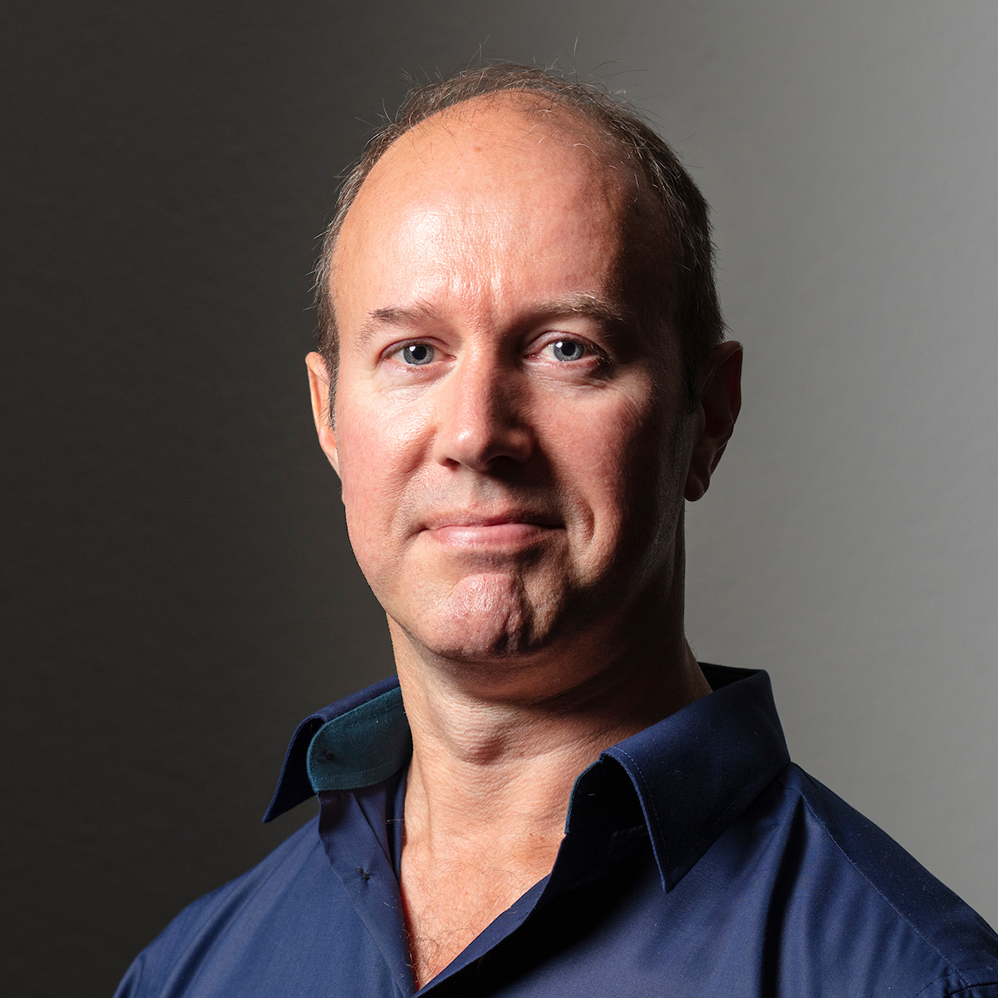
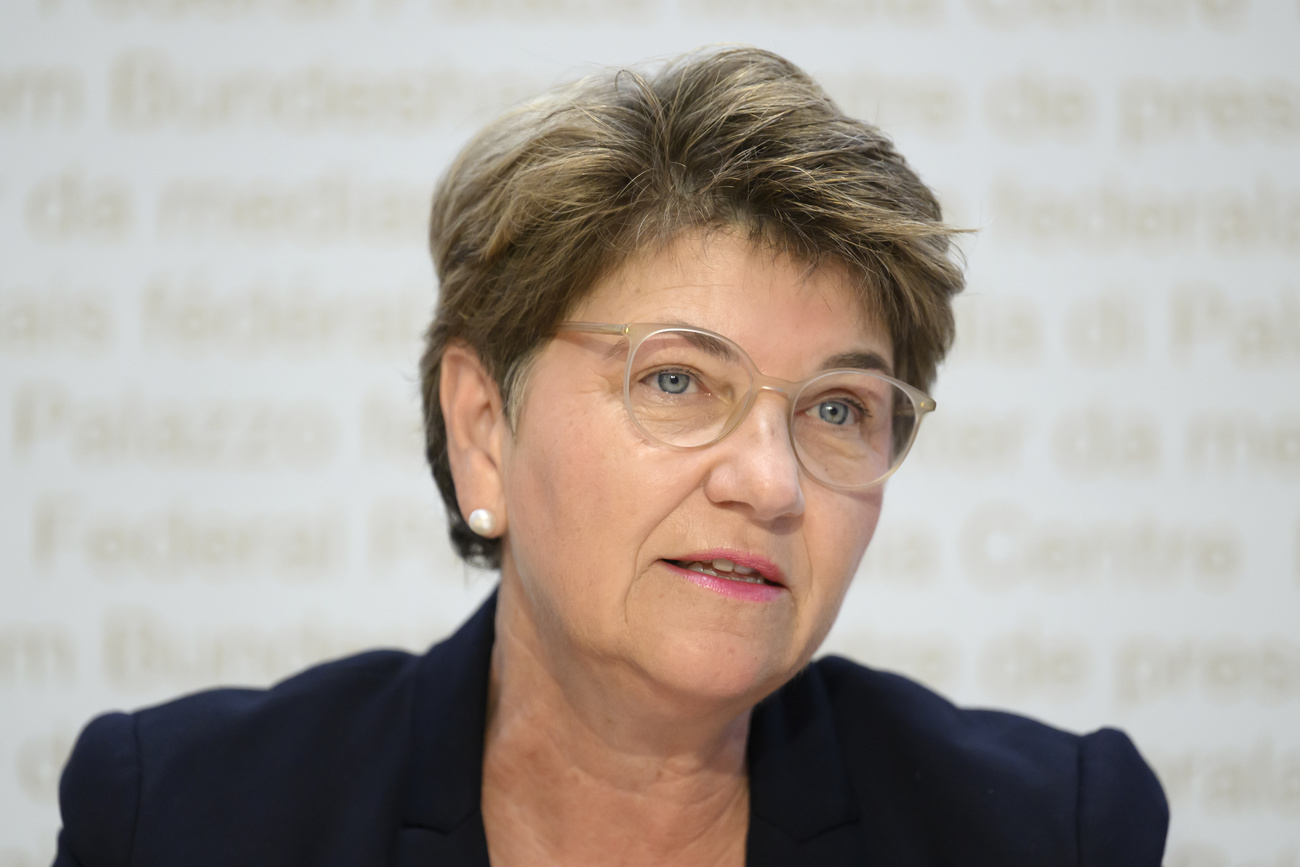
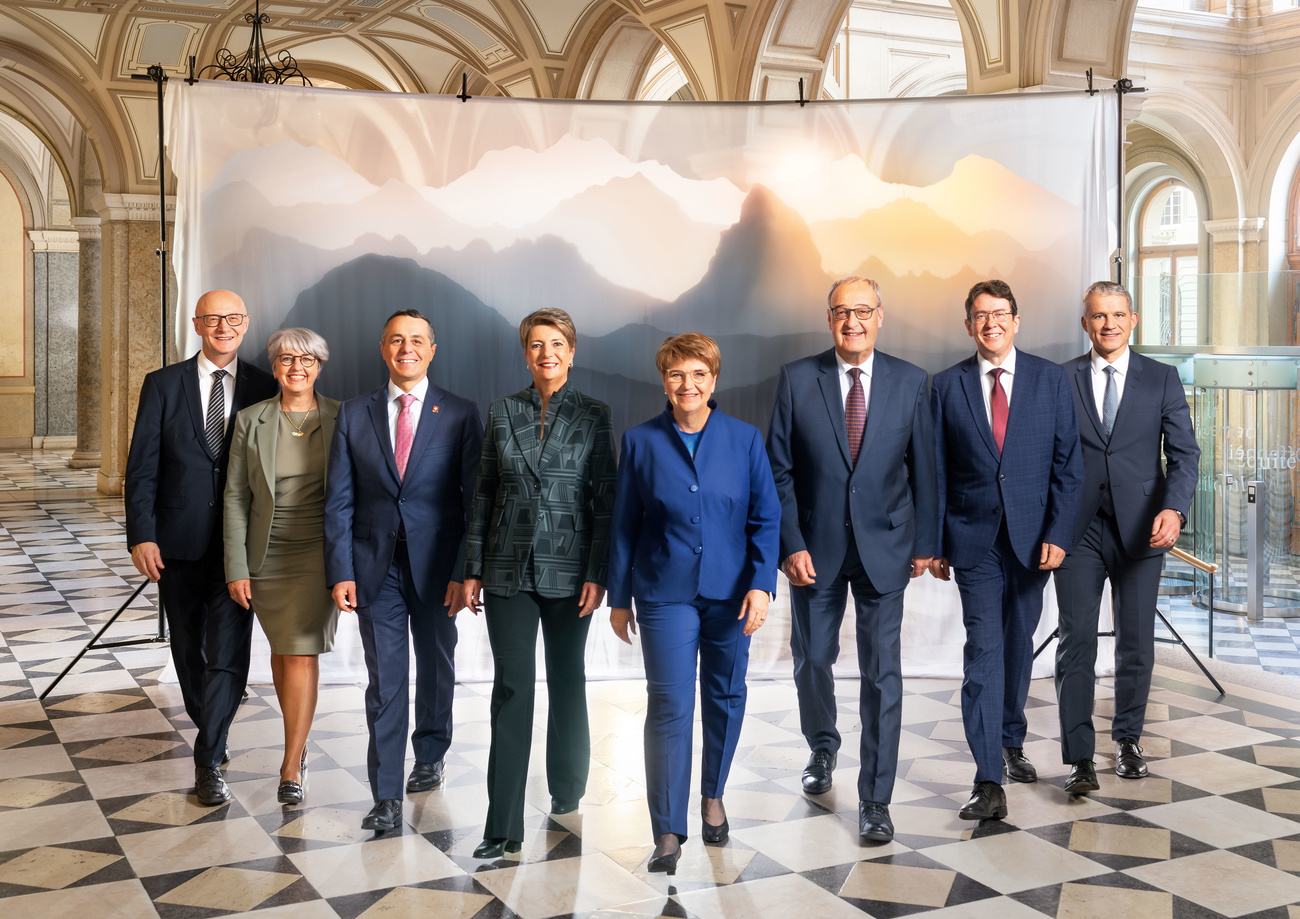



You can find an overview of ongoing debates with our journalists here . Please join us!
If you want to start a conversation about a topic raised in this article or want to report factual errors, email us at english@swissinfo.ch.